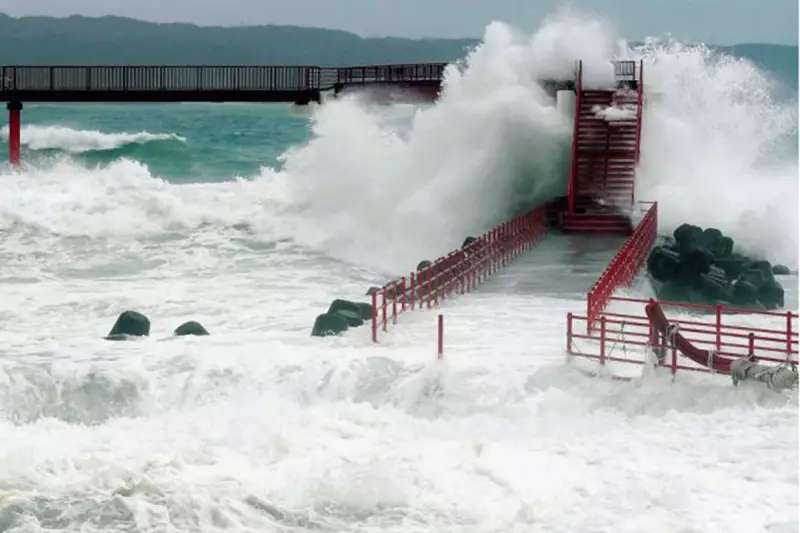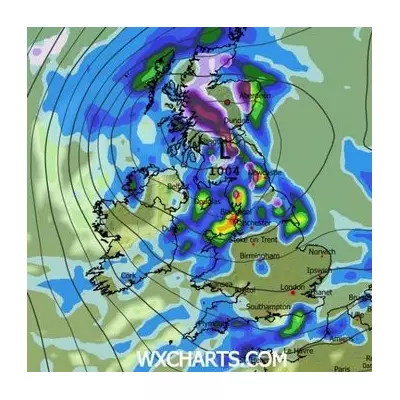
Weather authorities are issuing urgent alerts as Typhoon Haikui intensifies its path toward Japan, with current projections indicating the powerful storm system could make direct landfall near the densely populated Tokyo metropolitan area.
Meteorological Mayhem Unfolds
The Japan Meteorological Agency has elevated warning levels as Haikui demonstrates unexpected strengthening while tracking northwest across the Pacific Ocean. Satellite imagery reveals an organised storm structure with clearly defined bands of intense rainfall surrounding a developing eye.
"This typhoon presents significant concerns for both immediate landfall regions and distant coastlines," stated Dr Eleanor Vance, senior meteorologist at the Global Weather Consortium. "The atmospheric conditions are creating a perfect storm scenario that could impact millions."
Dual Threat Emerges
While Japan prepares for the typhoon's potential direct hit, forecast models reveal an equally alarming development: the same weather system is projected to generate dangerous conditions along California's coastline, creating rare trans-Pacific impacts.
The complex interaction between Haikui and other weather patterns is expected to:
- Generate massive swells reaching North American shores
- Create potentially record-breaking wave heights
- Trigger coastal flooding concerns
- Disrupt shipping and maritime activities across the Pacific
Preparation Efforts Intensify
Japanese authorities have initiated preliminary emergency protocols, with particular focus on Tokyo's flood prevention systems and evacuation planning for low-lying coastal communities. The timing coincides with peak travel periods, raising additional concerns about transportation disruptions.
Meanwhile, California's Office of Emergency Services has issued advisories for coastal regions, warning beachgoers and maritime interests of increasingly dangerous conditions expected to develop throughout the week.
Climate Connections Examined
Meteorologists are noting the unusual characteristics of this typhoon season, with multiple systems demonstrating both intensity and longevity beyond seasonal norms. Some experts suggest changing ocean temperatures may be contributing to these anomalous patterns.
"What we're observing aligns with climate projections for increased tropical cyclone activity in certain Pacific regions," explained climate scientist Professor Kenji Tanaka. "The interconnected nature of these weather events highlights our increasingly global vulnerability to extreme conditions."
Emergency management teams across the Pacific Rim remain on high alert as Typhoon Haikui continues its ominous advance, serving as a stark reminder of nature's formidable power in an era of climatic uncertainty.





